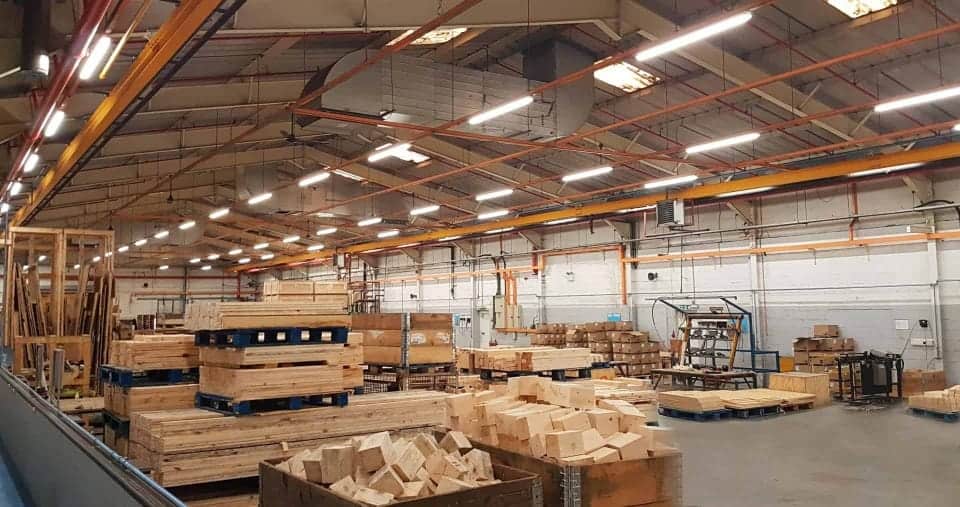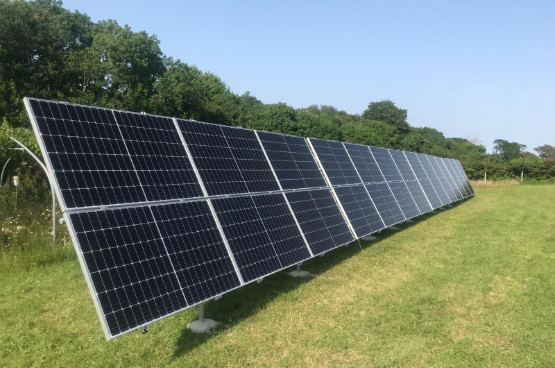By 2020 the UK is predicted to be generating over half of its energy from renewable energy sources. The leading reason for this is that the cost of solar and wind energy is predicted to halve by 2040 compared to today’s levels.
The rapid growth of renewables in the power system will create new challenges for the grid in the future, which must be planned for sooner rather than later. Due to the intermittent availability of renewable energy, we will be unable to accurately predict energy availability. So, on a sunny, windy day we could easily produce enough energy to power the entire country. Whereas, on a cloudy, windless day energy production would drop off. A problem would arise if these low production conditions persisted for long periods, as the country would be powerless. The unpredictable nature of renewables introduces much greater volatility into the power system, with ‘base load’ generators unable to meet excess demand at low production times. A base load generator is a power station that produces just enough energy to satisfy the minimum demand of the grid. They are very inflexible due to their high efficiency when running at a constant stable output (e.g. nuclear, coal and lignite).
So in the future, we will need a flexible – or rather a multitude of flexible – energy resources to back up our main renewable energy systems. These ‘flexibility gaps’ will not only affect the UK, but also Germany, and they could be plugged by systems such as energy storage, gas generators, flexible electric vehicle charging and variable industrial loading. The new study which led to these conclusions – ‘Beyond the tipping point: flexibility gaps in future high-renewable energy systems in the UK, Germany and the Nordic’ – was led by Bloomberg New Energy Finance and commissioned by Eaton, in partnership with the Renewable Energy Association.
The study found that by 2030, there are likely to be whole weeks in which the total energy demand of the UK is exceeded by renewable energy production at some point every day. However, even by 2040 – at which time the UK will have significantly increased the amount of renewable energy production on the system – there will be whole weeks and months in which solar and wind cannot meet the country’s energy demands. Added to which, current technologies can’t fill such long gaps in energy production. Therefore, we must plan now to secure a stable, low-coal future. Dr Nina Skorupska, chief executive of the Renewable Energy Association said, “The study shows that wind and solar power are now the cheapest form of new build generation in many cases, and costs will continue to fall dramatically. Massive increases in future renewable power generation mean that industry and government must start planning now to ensure low-carbon, cost-effective ways of balancing demand and supply”.
Skorupska added, “We believe that there is a role for fuelled renewable technologies such as bioenergy and energy from waste to provide the complementary baseload generation that will be required, to avoid the need for carbon intensive generation at all. This study shows that battery storage is well placed to serve short term supply and demand issues and highlights the dramatic cost reductions in renewable power over the past few years”.
Renewable technologies are the key to a low-carbon future, but we must change the way our national grid is operated to cope with these variable power sources.
Resources
The study
Bloomberg New Energy Finance Blog
Eaton
http://www.eaton.com/us/en-us.html
Renewable Energy Association

 Solar PV Contractor of the Year 2024
Solar PV Contractor of the Year 2024
